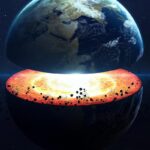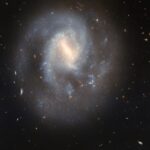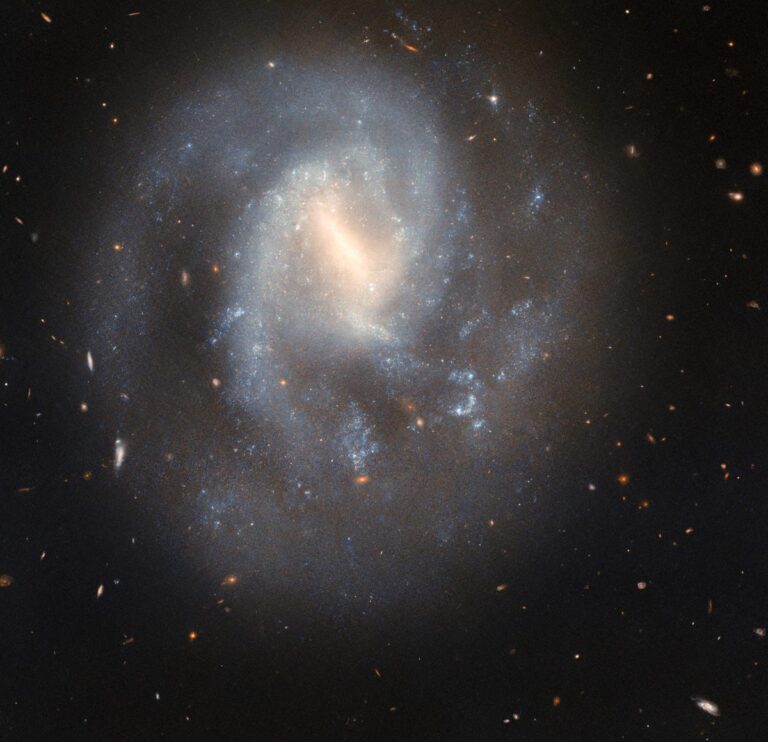MIT’s Chilling Experiment That Could Prove Gravity Is Quantum
Keywords: quantum gravity, MIT experiment, gravity is quantum, quantum mechanics, general relativity, graviton, Bose-Einstein condensate, quantum physics, space-time, gravity experiment
Introduction: Cracking the Quantum Gravity Code
Is gravity quantum? It’s one of the deepest and most puzzling questions in modern physics. While electromagnetism, the strong force, and the weak force have been successfully explained by quantum field theory, gravity remains the odd one out, still described by Einstein’s classical theory of general relativity.
But now, a team of brilliant physicists at MIT (Massachusetts Institute of Technology) may be on the verge of revolutionizing physics with a chilling quantum experiment—literally. By manipulating matter at ultra-cold temperatures, they’re inching closer to answering one of the greatest mysteries of the universe: Is gravity quantum?
Let’s dive into how MIT’s groundbreaking approach could finally prove that gravity operates on quantum principles—and what that could mean for science as we know it.
The Mystery: Why Is Gravity Still Classical?
Despite being the most familiar force in our daily lives—holding us to Earth, moving the planets, curving space-time—gravity remains the least understood at the quantum level.
Why the Gap?
Quantum Mechanics deals with the very small: atoms, particles, quanta.
General Relativity explains the very large: stars, galaxies, the cosmos.
Both theories work incredibly well in their own realms—but they don’t work together. The quest to unify them is called the “Theory of Quantum Gravity.”
What Is MIT’s Chilling Experiment All About?
Bose-Einstein Condensates: Cooling Atoms to Near Absolute Zero
At the heart of MIT’s experiment is something called a Bose-Einstein Condensate (BEC)—an exotic state of matter created by cooling atoms to almost absolute zero (−273.15°C). At this temperature, individual atoms begin to behave like a single quantum entity, governed by one shared wavefunction.
In this “quantum soup,” researchers can manipulate macroscopic quantum states, allowing them to observe behaviors that don’t normally exist at room temperature.
How It Could Prove Gravity Is Quantum
MIT physicists are setting up experiments where two BECs are placed near each other, isolated from all other forces and interactions. The goal is to detect an entanglement effect—a purely quantum phenomenon—induced only by gravity.
The Theory:
If the BECs become entangled without exchanging any particles, and gravity is the only force acting, then gravity must have a quantum mediator—commonly referred to as the graviton.
In Other Words:
If gravity can cause quantum entanglement, it must itself be quantum.
The Setup: A Delicate Dance of Quantum Particles
Two clouds of ultra-cold atoms are suspended in a vacuum chamber.
External forces—electromagnetic, magnetic, thermal—are eliminated.
The clouds are positioned so that gravitational interaction is the only way they can affect each other.
Quantum sensors measure changes in phase, interference, and entanglement patterns.
If successful, the result would be the first direct evidence that gravity is not a classical field—but a quantum interaction like all others.
Why This Matters: Unifying Physics
1. Proving the Existence of Gravitons
The graviton is the hypothetical quantum particle that mediates the gravitational force—just as the photon mediates electromagnetism. MIT’s experiment could be the first step in proving gravitons exist.
2. Toward a Theory of Everything
A verified quantum nature of gravity would pave the way to merge quantum mechanics and general relativity, which is essential for creating a Theory of Everything—a single framework that describes all fundamental forces and particles.
3. New Era of Quantum Cosmology
This discovery could redefine how we think about the early universe, black holes, and even the structure of space-time itself.
Challenges and Controversy
As exciting as this sounds, the experiment is:
Extremely delicate: Tiny vibrations or stray fields can ruin results.
Still indirect: It aims to prove quantum effects via entanglement—not by directly observing gravitons.
Skeptical among physicists: Some argue gravity may emerge from quantum phenomena without needing quantization.
Yet, if MIT pulls it off, it could be the 21st century’s version of Einstein’s 1919 eclipse confirmation of relativity.
What Comes Next?
MIT’s project is part of a growing movement in quantum gravity experiments, with similar research happening at Oxford, Caltech, and CERN. Over the next decade, physicists aim to:
Improve quantum sensors for detecting ultra-weak gravitational effects.
Perform quantum gravity experiments in space to reduce noise.
Integrate BEC-based setups with optical lattice clocks and quantum interferometry.
These advances could finally allow us to see gravity under the quantum lens—opening a whole new universe of understanding.
Conclusion: Chilling Proof That Could Warm the Heart of Physics
MIT’s chilling experiment isn’t just a cool trick with cold atoms—it’s a monumental step toward resolving the biggest conflict in theoretical physics. If proven, it could unlock the quantum secrets of gravity, reshape cosmology, and lay the groundwork for the next era of science.
The universe might be whispering its secrets through quantum gravity—and thanks to MIT, we might finally be able to listen.
FAQs
Q1: What is a Bose-Einstein Condensate?
It’s a state of matter where atoms, cooled to near absolute zero, begin to act as a single quantum wavefunction.
Q2: Why is proving gravity is quantum important?
It would unify physics, allow quantum theory and general relativity to coexist, and possibly lead to new technologies like quantum space travel.
Q3: Has MIT proven gravity is quantum yet?
Not yet. The experiment is ongoing, but it holds incredible potential for future discovery.
Q4: What is a graviton?
A hypothetical quantum particle believed to mediate the force of gravity, similar to how the photon carries electromagnetic force.

















+ There are no comments
Add yours